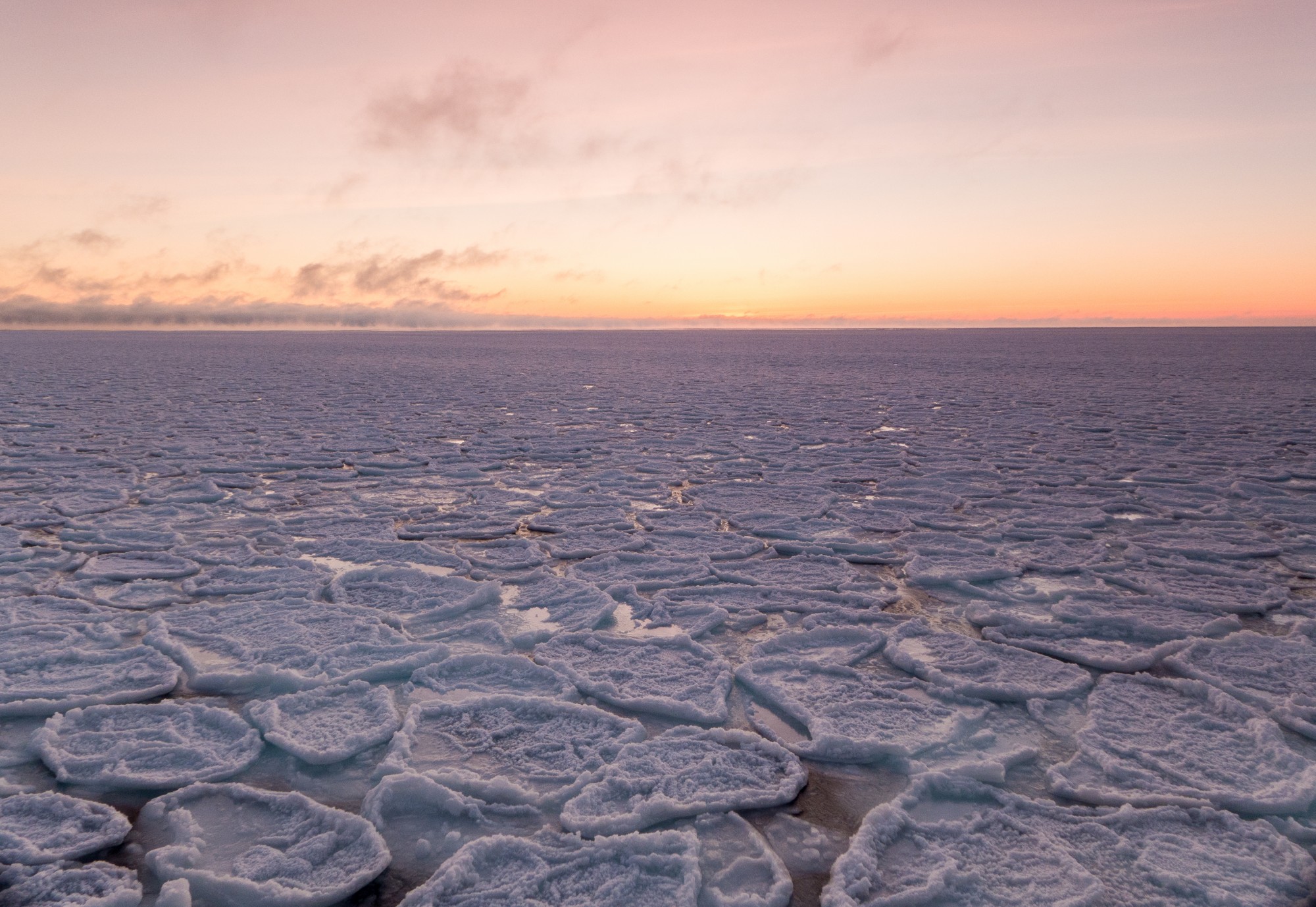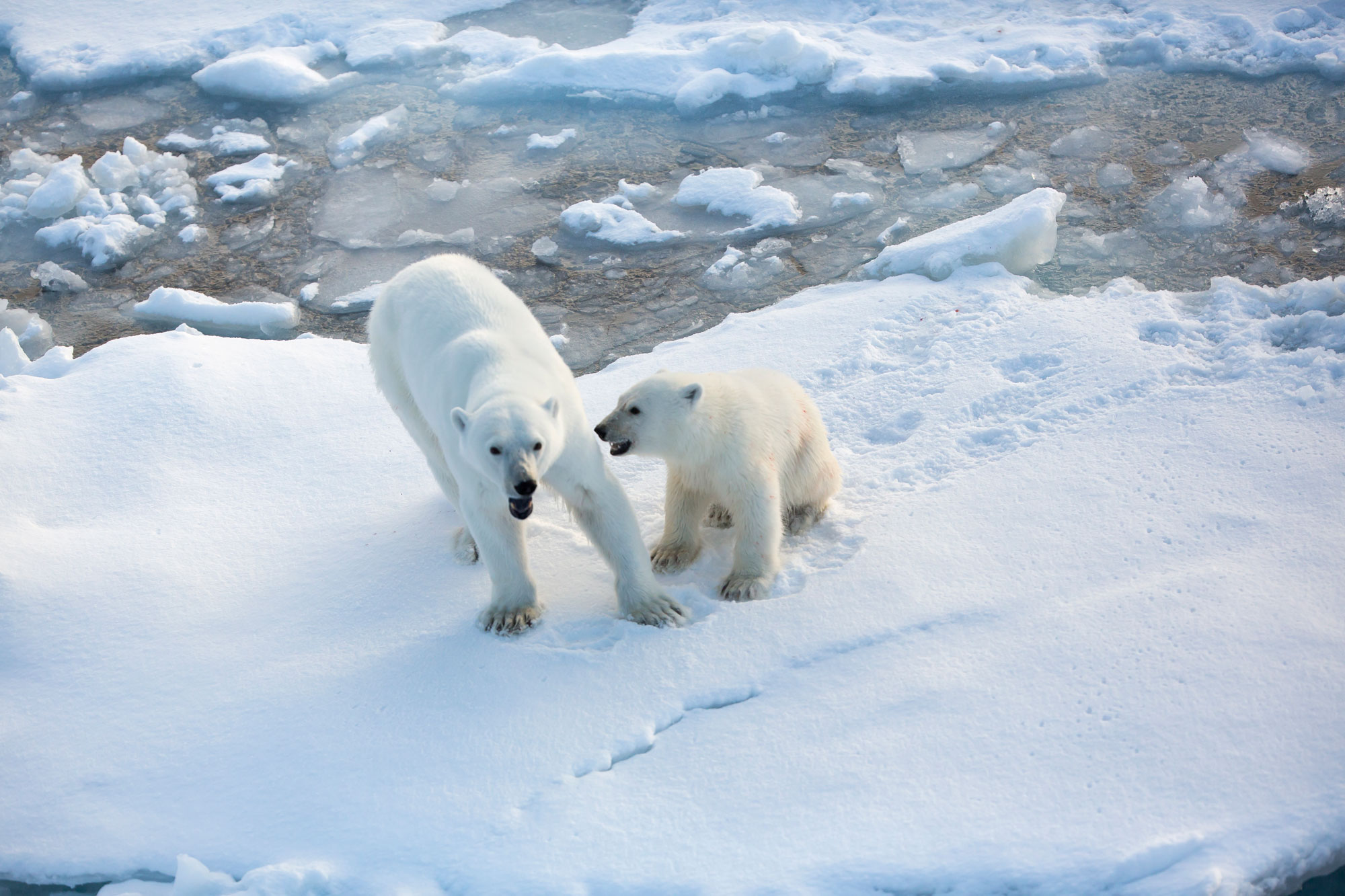
Management of variable environmental values in the Arctic
Written by: Diwakar Poudel, Dag Vongraven, Ellen Øseth
The Norwegian Polar Institute

Designing management strategies in ice-covered Arctic waters and the marginal ice zone under variable environmental conditions is a challenging task. Decision-making involving consideration of variable environmental values further increases the complexity for the management. Therefore, there is a need for new methods and approaches to enable integrated management of such highly dynamic marine regions of the Arctic.
A rapidly changing climate
The term “value” is complex and has many dimensions. In the realm of environmental management, valuing the Arctic environment is not about putting a price on nature, but more about assessing all the tangible and intangible benefits of the environment, such as ecosystem services, paying close attention to long-term perspectives and dynamic attributes. A rapidly changing climate, climatic variability and various anthropogenic factors are adding to the complexity and dynamic nature of environmental values. Ecological processes triggered by changes in the ocean environment are already causing profound changes to the ranges and ecology of e.g. benthos, arctic fish, birds, and mammals. Climate change is one of the most serious threats to Arctic biodiversity.
Sea ice decline strongly impacts ice-dependent species, highlighting the environmental value of ice-covered waters and the marginal ice zone. On the other hand, the retreat of sea ice will bring socioeconomic activities to previously ice-covered areas, increasing fishing, oil, gas and mineral extraction and shipping intensity. Thus, the variability of both climatic and anthropogenic factors impacts the environmental value of the Arctic. This necessitates development, adjustment and implementation of mechanisms for the management of valuable areas to safeguard biodiversity in the Arctic under changing environmental conditions, such as loss of sea ice.
ADVERTISEMENT
Developing options
In a project funded by the Norwegian Research Council and the Fram Centre Flagship Programme MIKON, we are developing options for managing environmental values despite variability and uncertainty of natural and human-induced environmental conditions. Activities include understanding the total economic values within ice-covered Arctic waters and the marginal ice zone and analysing recent approaches in management from this new perspective. The assessment of total economic value can help in the search for optimal solutions for specific policy questions and in the management decision-making process.
Management options
Furthermore, only a small fraction of ice-covered areas and areas including variable sea ice cover lie within marine protected areas (below 3% of the total area). In the light of suggestions to increase the marine protected areas and other marine conservation areas to reach the 2020 Aichi Biodiversity Target, this study will focus on Arctic environments of high and variable value. Recent national and international management efforts will be reviewed and analysed, and management options will be recommended.
Scientifically-based management
Finding new ways to manage a dynamic environment in a sound and resilient manner is hugely relevant to global society, as well as being a crucial aid to integrated ocean management. From an industrial perspective, scientifically-based management of the dynamic marine environment and its highly variable environmental values will be important for sustainable development.
This story is originally published on the website of the Fram Centre


